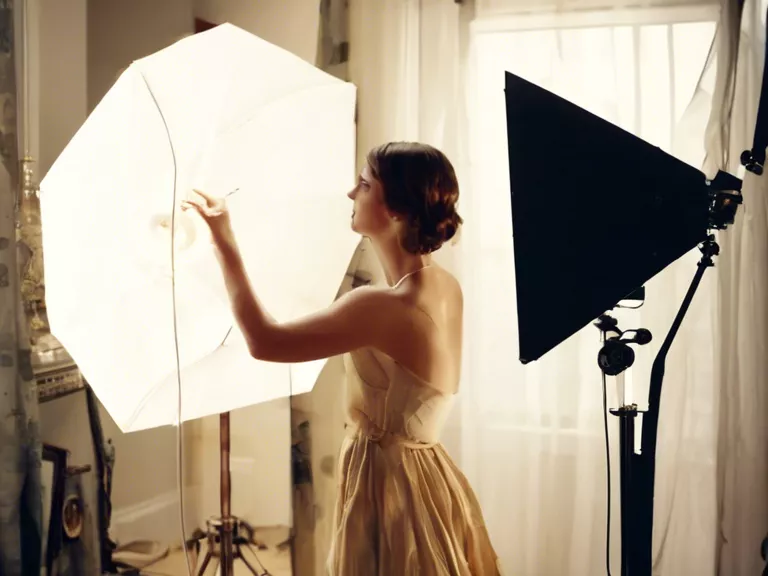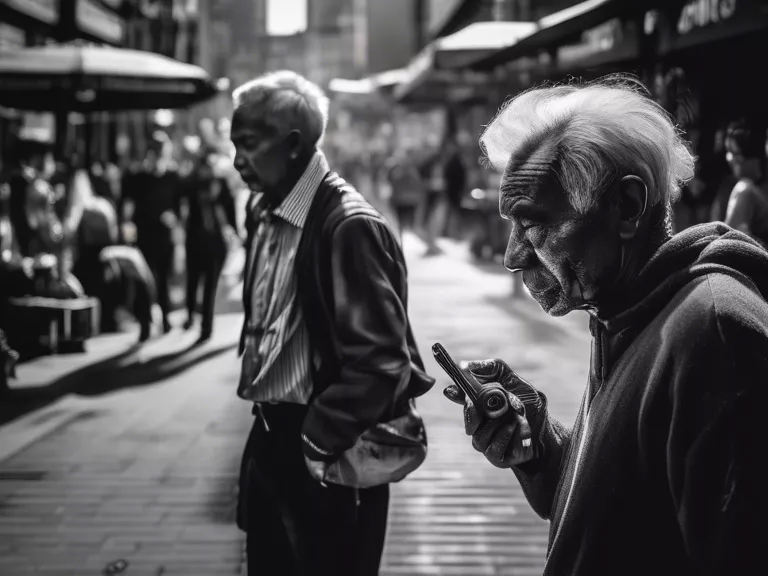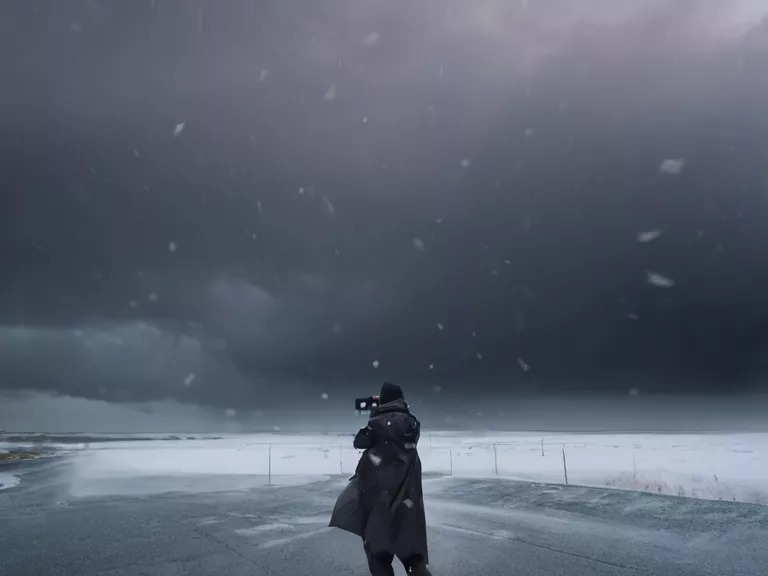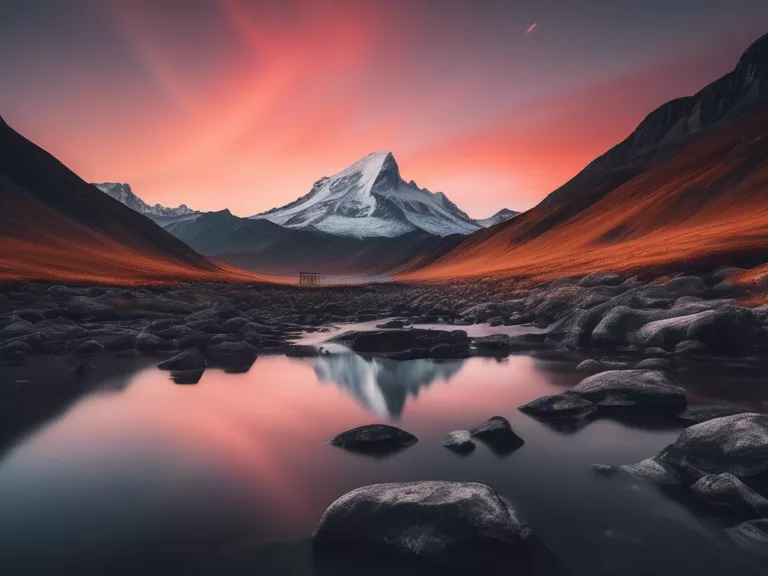
Color theory is a fundamental aspect of photography that can greatly enhance your skills behind the lens. By understanding how colors interact with each other and how they can evoke emotions in viewers, photographers can create more compelling and visually striking images. In this article, we will explore how you can use color theory to improve your photography skills and take your photos to the next level.
The first step in using color theory to improve your photography is to understand the basic color wheel. The color wheel is a visual representation of the primary, secondary, and tertiary colors, as well as how they relate to each other. By familiarizing yourself with the color wheel, you can better understand which colors complement each other and which create contrast.
Once you have a solid grasp of the color wheel, you can begin to use color harmonies to enhance your photos. There are several different types of color harmonies, such as complementary, analogous, and triadic, each of which can create a different mood or feeling in your images. By using these color harmonies strategically, you can create images that are visually appealing and emotionally engaging.
Another important aspect of color theory in photography is understanding the psychological effects of different colors. Different colors can evoke different emotions in viewers, so it's important to consider the mood you want to convey in your images and choose your color palette accordingly. For example, warm colors like red and orange can create a feeling of warmth and energy, while cool colors like blue and green can evoke a sense of calm and tranquility.
In addition to understanding the basics of color theory, it's also important to pay attention to the lighting in your photos. Natural light can have a significant impact on the way colors appear in your images, so it's important to consider the time of day and the direction of the light when shooting. By being mindful of how light affects color, you can create photos that are vibrant and rich in hue.
By incorporating color theory into your photography practice, you can elevate your images to a whole new level. Whether you're shooting landscapes, portraits, or still lifes, understanding how color works and how to use it effectively can help you create photos that are visually stunning and emotionally impactful. So next time you're out shooting, keep color theory in mind and see how it can transform your photography.



